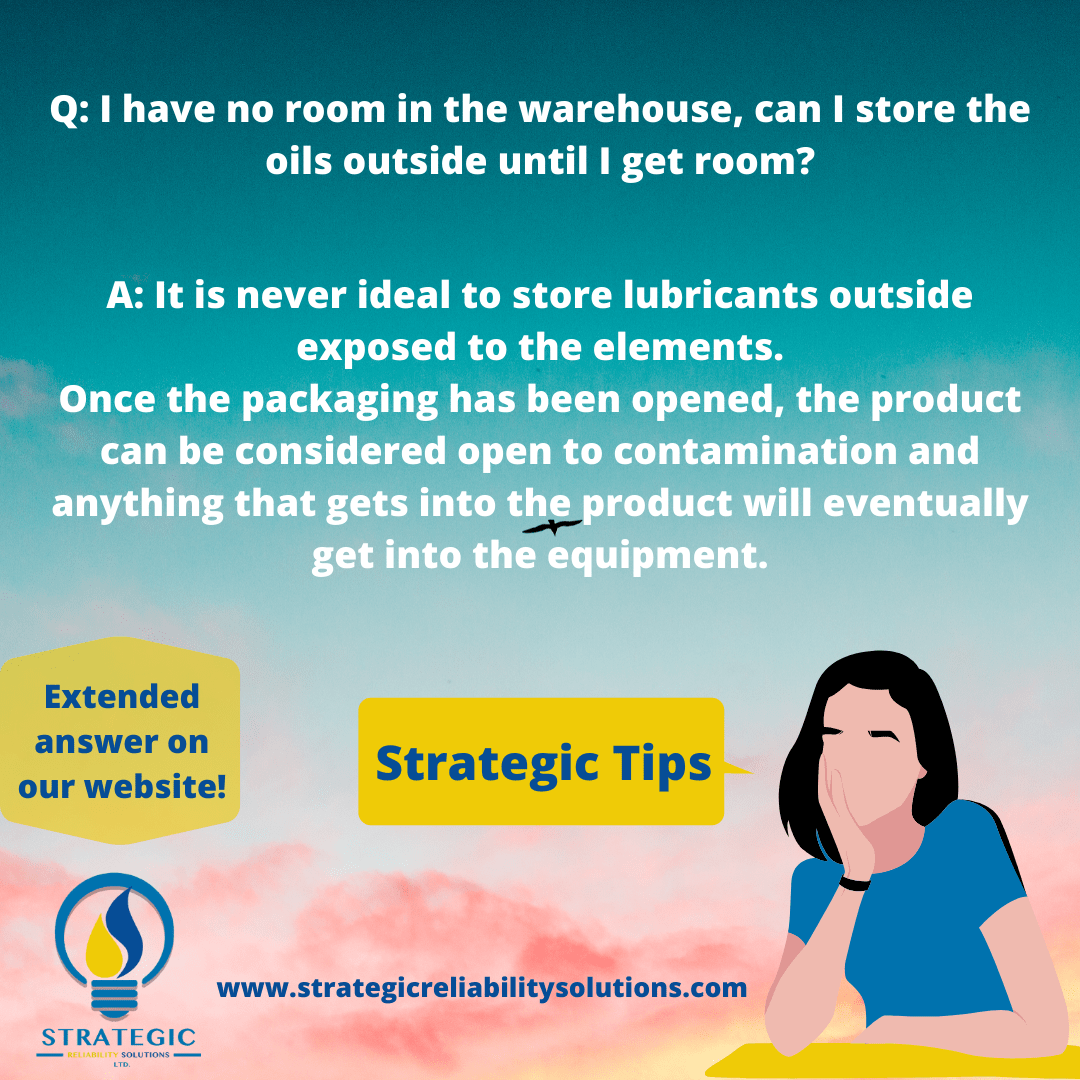
Are there any signs that my grease has expired?
There are a lot of signs to tell if grease has expired!
Some of the signs include:
- Separation of the oil from the thickener
- Change in the consistency of the NLGI grade.
Ideally, we should check the expiration date on the packaging and contact the lubricant manufacturer.
We must note that if the packaging has been removed or opened in some way, the expiration date may not be valid.
The expiration date on the product is the approximate shelf life of the product should the packaging remain intact and if stored in the recommended environment.
If these are compromised then the validity of the expiration date has also been compromised.

